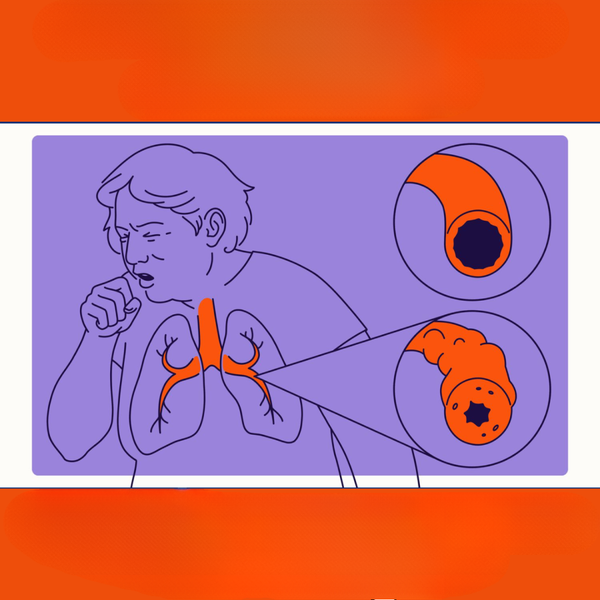Understanding the Symptoms of Hepatitis C: What to Watch for Early On
Hepatitis C is a viral infection that primarily affects the liver and can remain unnoticed for years. Recognizing the early symptoms of Hep C, especially in women, can lead to timely testing, diagnosis, and treatment. This article highlights the most common signs to look out for, with a focus on early detection and awareness.

What Are the First Symptoms of Hepatitis C?
Early symptoms of hepatitis C can be subtle and easily mistaken for other conditions, which contributes to delayed diagnosis. The initial signs typically appear 2-12 weeks after exposure to the virus, though many people remain asymptomatic. When symptoms do manifest in the acute phase, they commonly include:
-
Fatigue that seems disproportionate to your activity level
-
Mild fever (usually between 99.5°F and 101°F)
-
Muscle and joint aches that persist without explanation
-
Nausea or decreased appetite
-
Abdominal discomfort, particularly in the upper right quadrant where the liver is located
-
Jaundice (yellowing of the skin and eyes) in more obvious cases
What makes early detection challenging is that these symptoms are often mild enough to be dismissed as a passing flu or general malaise. Up to 80% of people with acute hepatitis C don’t experience noticeable symptoms, which is why the infection is frequently discovered during routine blood tests or screenings for other conditions.
Symptoms for Hep C in Women
While hepatitis C affects all genders, some symptoms may manifest differently in women or occur alongside female-specific health concerns. Women with hepatitis C may experience:
-
Increased severity of premenstrual symptoms
-
Abnormal menstrual cycles, including heavier bleeding or irregular periods
-
Higher likelihood of developing autoimmune conditions alongside hepatitis C, such as thyroid disorders
-
Skin issues including unusually dry skin, rashes, or spider angiomas (small, spider-like blood vessels visible under the skin)
-
More pronounced fatigue compared to male counterparts with similar viral loads
Hormonal fluctuations throughout a woman’s life can also affect how hepatitis C progresses. Some research suggests that estrogen may have a protective effect against liver fibrosis, which could explain why pre-menopausal women with hepatitis C sometimes experience slower disease progression than men. However, after menopause, this advantage diminishes, and the disease may accelerate.
Common Symptoms of Chronic Hepatitis C
If hepatitis C remains undetected and untreated, it transitions into a chronic infection (lasting longer than 6 months) in approximately 75-85% of cases. Chronic hepatitis C can present with a broader range of symptoms as the liver sustains ongoing damage:
-
Persistent fatigue that significantly impacts daily activities
-
Brain fog and difficulty concentrating (“hepatic encephalopathy” in advanced cases)
-
Decreased appetite leading to unintentional weight loss
-
Easy bruising and bleeding due to the liver’s reduced ability to produce clotting factors
-
Fluid accumulation in the abdomen (ascites)
-
Itchy skin without a visible rash, resulting from bile salt buildup
-
Spider-like blood vessels visible on the skin (spider angiomas)
-
Swelling in the legs and ankles due to decreased protein production by the damaged liver
These symptoms typically develop gradually as liver damage progresses. By the time these more noticeable signs appear, significant liver scarring may already be present. This underscores the importance of early screening, particularly for individuals with risk factors such as past injection drug use, blood transfusions before 1992, or birth between 1945 and 1965 (the “baby boomer” generation).
Why Early Detection Matters
The importance of identifying hepatitis C in its early stages cannot be overstated. With modern antiviral medications, hepatitis C is now curable in over 95% of cases when detected and treated appropriately. The benefits of early detection include:
-
Prevention of progressive liver damage and complications
-
Higher cure rates with shorter treatment durations
-
Reduced risk of developing cirrhosis, liver cancer, or liver failure
-
Lower likelihood of transmitting the virus to others
-
Improved quality of life and life expectancy
-
Reduced healthcare costs associated with managing advanced liver disease
Current guidelines recommend that all adults be screened for hepatitis C at least once in their lifetime, with more frequent testing for those with ongoing risk factors. A simple blood test can detect antibodies to the hepatitis C virus, and if positive, follow-up testing can confirm active infection.
With recent advances in treatment, most people with hepatitis C can be cured with an 8-12 week course of direct-acting antiviral medications. These treatments are generally well-tolerated with minimal side effects—dramatically different from older interferon-based therapies that had significant side effects and lower cure rates.
Early detection through awareness of subtle symptoms, combined with appropriate screening, represents the best strategy for addressing the hepatitis C epidemic and preventing its serious complications.
This article is for informational purposes only and should not be considered medical advice. Please consult a qualified healthcare professional for personalized guidance and treatment.




